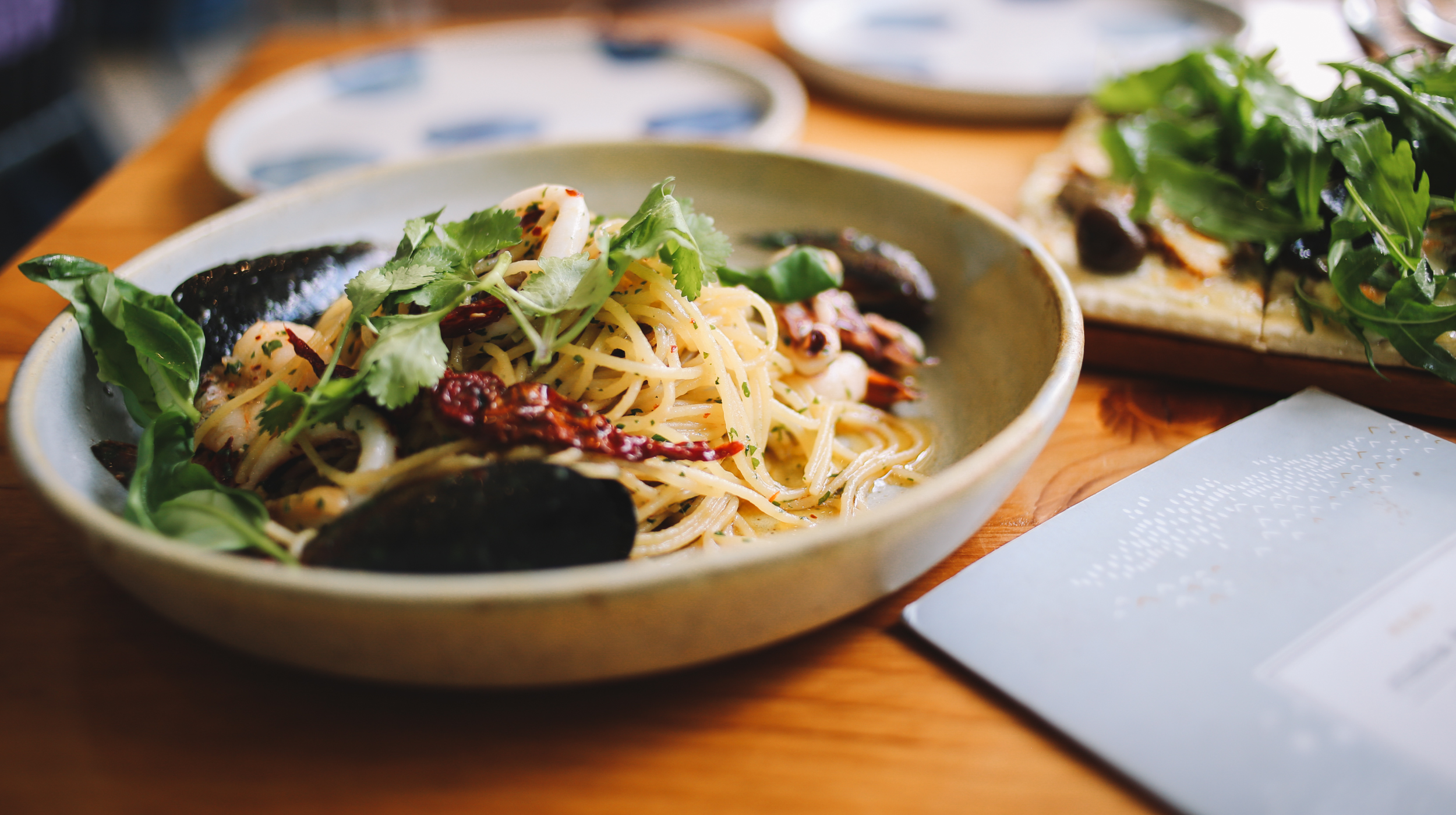How the Best Chefs Whet your Appetite?
Cooking a great meal is a lot more than simply frying up a steak and putting it on a plate with a few French fries. The best chefs will always consider a range of factors when they are either thinking up new dishes or setting up a restaurant. Creating that unique eating experience requires a combination of factors which, when they come together, raises expectations and whets the appetite of diners even before they sit down to order.
But what the best chefs know about creating appealing food can also give the rest of us a few ideas, particularly when it comes to developing teaching apps online.
Location, Location
Not everything about a great eating experience is down to the food on your plate. Most top chefs will look at the location first. Primarily this needs to be a place that helps them reach their chosen customers but it also has to set the right tone. A restaurant that specialises in fish dishes can create just the right amount of anticipation if it is located overlooking a harbour rather than hidden away in a back street. An outlet that caters to young metropolitans needs to be in the heart of a thriving city rather than out in the country.
Atmosphere and Theme
Many chefs are also looking to brand their food in a much more formal way by creating a theme around their restaurant. That means looking at the design of the restaurant and creating the atmosphere that adds as a backdrop to the dishes created. Walk through any city and you will see restaurants catering to those who are looking for something different from their eating experience.

The Importance of Service
Another important aspect in delivering a gourmet restaurant experience is the kind of service you receive. That means staff being aware of the food they are serving and being able to suggest options to diners to make delivery an integral part of their whole experience.
Menus are also increasingly important in whetting the appetite. Steak and chips sounds nice but not as tasty as a medallion of rump steak served on a bed of crushed rosemary potatoes with freshly picked, locally produced garden vegetables.
The Five Senses
We have five senses and the chefs who can leverage these the best also create the food that people will remember and enjoy. Sight, smell, touch, taste and sound all play varying roles in the dining experience.
We eat with our eyes – if it looks good on the plate, our mouths begin to salivate and our stomachs anticipate the food we are about to eat releasing those all-important gastric juices. Great chefs know that this is a vital component of any meal and presentation is key to success.

Restaurants that have an open kitchen are also popular because of the sounds and smells of cooking that come from this area. The preparation of food is one of the best ways to get diners in the mood and certainly adds to the atmosphere of any busy restaurant. Of course, the taste and texture of the food you are eating is another vital component. Sourcing the best quality ingredients that will look good on the plate is just as important as the cooking process itself.
The best chefs are the ones who can bring all these different components together at the same time and these combinations will define a great meal from an average one. Adding colour and fragrance to a meal can make all the difference. Serving on the right plate and having the perfect lighting and ambience are both crucial. These are just some of the things a top chef has to consider before you sit down to eat.
How does this relate to other areas such as developing new technologies? Well, it’s about making your digital products or apps more appetising. Creating a strong Customer Experience by adding colour and design can help to engage users. Sound is also important. Will we have virtual reality apps in the future that incorporate smell and touch? That’s highly likely. The truth is the more you can engage with the five senses, the more involved you become and the better you learn to use it, and we can certainly learn a lot from the way the top chefs deal with presentation.
